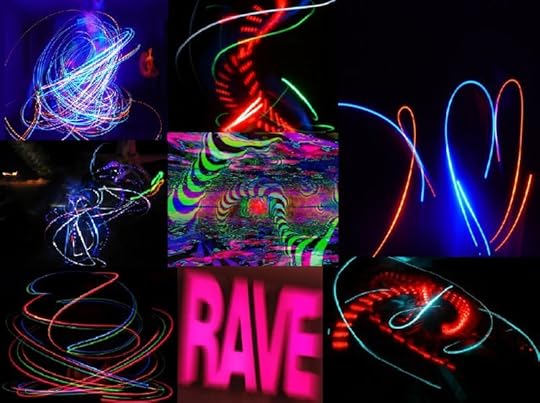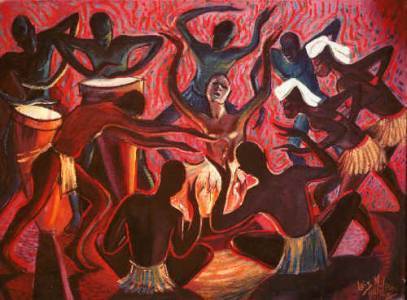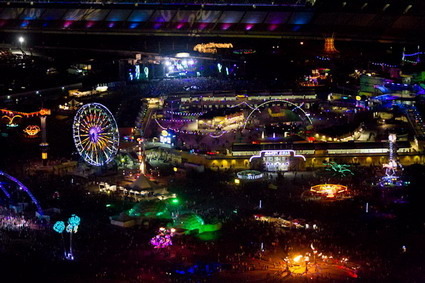Back to the Origin of Rave and Rhythm
The foundation of the rave scene has been ever-present throughout the endless cycles of history on this planet. A lot of time is spent focusing on the music itself or the scene surrounding it currently, but the main focus underlying everything is rhythm itself. Rhythm is the wordless connection that can unite consciousness on a similar stream without linguistic instruction or a pre-conceived idea of what is supposed to be enjoyable and transformative. Electronic music festivals create their collective consciousness innately through this rhythm and although interacting through speech, touch, and movement is also part of the rave scene, it is not the backbone.
Tribal cultures have been employing this driving rhythm for thousands of years with the idea being that the collective energy of everyone tapping into this rhythm can link them to something much greater than any one individual can connect to when they are only alone. The idea that all living beings are essentially the same entity based on DNA, or many other theories, is by many definitions what the meaning of life is that so many spend their entire time on Earth seeking in one way or another.
Now to the current state of the global electronic music scene that so many people have formed and written extensive opinions about. The problems are primarily arising from elements of separation in and around the connective rhythm. I live in Las Vegas so I will use it as a very succinct example. No matter what artist is performing at a club or the intentions of attendees ahead of time, there are things present in the club that inherently destroy connection. The dance floor at most clubs in Las Vegas and in many clubs across the country, although considered essential, is somewhat of an afterthought. The best and most comfortable views of the artist are afforded to the rich and famous that may enjoy the music, but are certainly not at a club with the main focus of connecting with each and every individual in the club. This structure is a result of electronic dance music becoming a distinct avenue of making large sums of money for club owners, promoters, and popular artists alike. Money dictates so much of what happens, if not all of what happens, in non-indigenous societies. This is not why the rave scene started in the first place. I came into the scene in 1999 from the punk scene which was to my disbelief, not very accepting on many levels in the first place. Back at underground warehouse parties, no one was concerned with how much money they made throwing an event or how much money you brought with you to the event. The backbone of rhythm was truly all that really mattered and the acceptance and sense of community arose naturally from that.
Things are by no means hopeless, as I learned firsthand at the Electronic Daisy Carnival in Las Vegas last year. Yes, they do spend millions of dollars putting together the event and paying artists, but that rhythm that seemed lost to me in electronic music for several years was more than tangible at this event. It may be the last true rave on the planet and for that I am thankful, but that doesn’t help inject the ever more elusive rhythm back into the clubs. The question is simple: Do you want to get crammed into a club, get drunk, and listen to some cool songs, or do you want to be a part of something much bigger than yourself?








